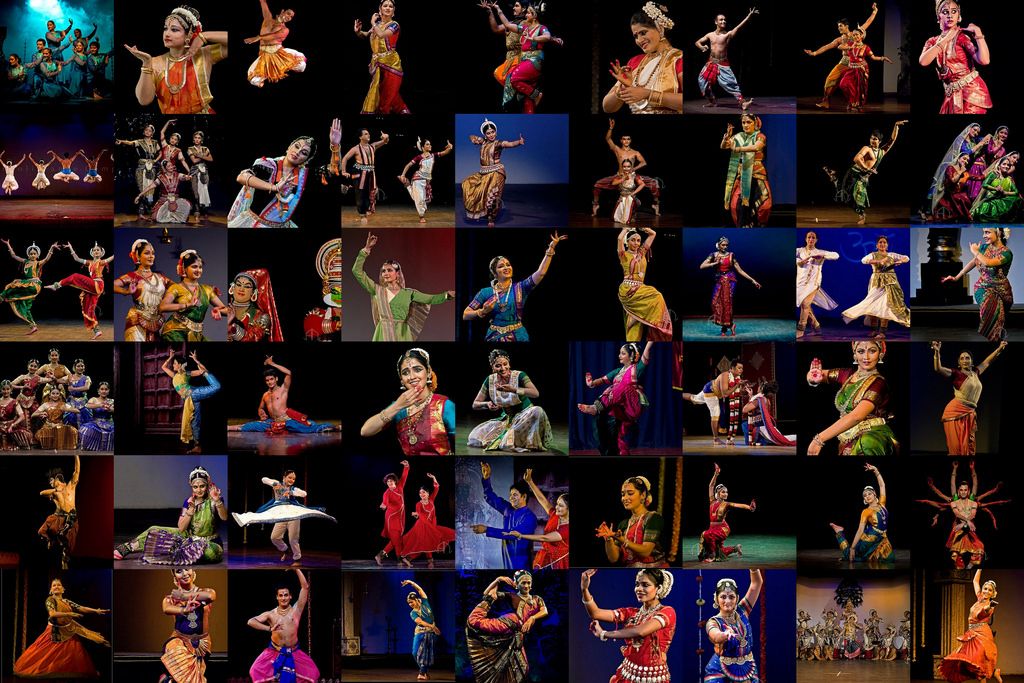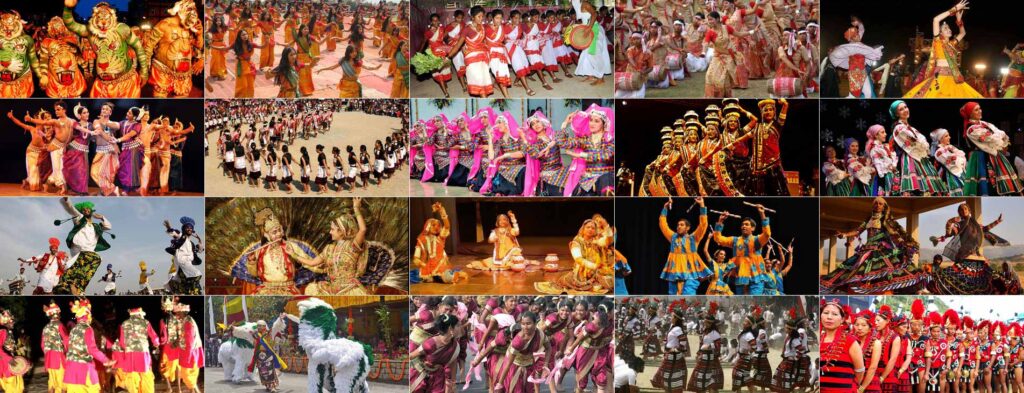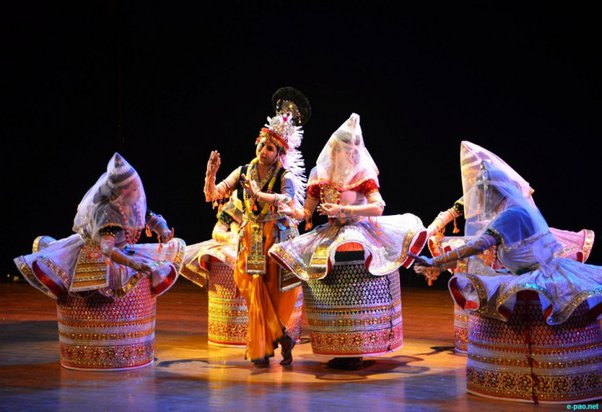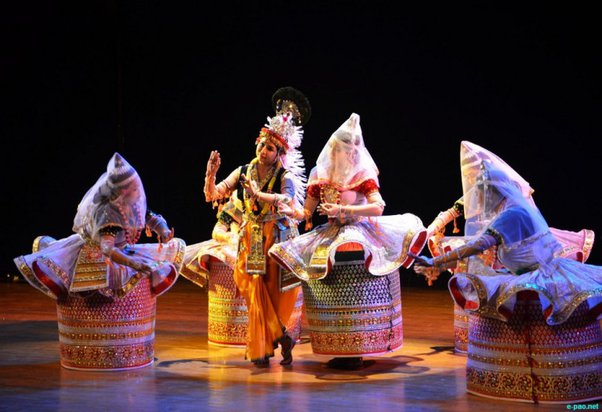Contemporary relevance of traditional dance in Indian society is a country rich in culture, traditions, and folk traditions. One of the significant aspects of the vibrant Indian culture is its traditional dance forms. These dance forms not only serve as entertainment but also have deep cultural and historical significance. They have been an integral part of Indian society for centuries, passed down from one generation to another. Whether it is the energetic rhythms of Bhangra or the graceful movements of Kathak, every dance form tells a story and showcases the unique heritage of the region it originates from.
Folk and traditional dance forms in India are deeply rooted in religious rituals, agricultural practices, and social gatherings. They are a way of expressing joy, celebrating festivals, and nurturing unity within communities. Each region of India has its distinct dance forms, influenced by its geography, climate, and historical background.
From the colorful and lively Garba dances of Gujarat to the elegant and refined Odissi dances of Odisha, Indian folk and traditional dances reflect the diversity and beauty of the country. These dances often depict mythological tales and legends, bringing alive the ancient stories and gods that are still revered today. Rajasthani folk dances like Ghoomar and Kalbeliya are a perfect blend of grace, flexibility, and vibrancy, which captivate the audience with their intricate footwork and eye-catching costumes.
More: Wanted to download Odishashop.com visit here

Aside from their cultural and aesthetic value, traditional dance forms play a significant role in preserving and promoting history and heritage. They serve as a medium to pass down traditional knowledge, values, and customs from one generation to another. Through these dances, the younger generations learn about their roots, history, and ancestral traditions.
Moreover, folk and traditional dance in India is not limited to performances on stages or during festivals. They are an integral part of daily life, be it in religious ceremonies or social gatherings. Many rituals and ceremonies are incomplete without the traditional dance forms. For instance, the iconic Dandiya-Raas dance is performed during Navratri, a nine-night festival dedicated to the goddess Durga. This dance is not only about rhythmic movements but also about the vibrant atmosphere it creates, bringing people from all walks of life together to celebrate.
Apart from their cultural significance, traditional dances also provide a platform for communities to come together and connect. They serve as a means of socializing, strengthening bonds, and fostering harmony. Whether it is the energetic Garba and Dandiya dances in Gujarat or the exuberant Bihu dance in Assam, these dances create a sense of belonging and community spirit. They transcend boundaries of caste, religion, and social status, uniting people in a shared love for their cultural heritage.
You can read our another post on World Bicycle Day

The preservation and promotion of these traditional dance forms is crucial to maintain India’s cultural richness. Efforts have been made to ensure that these art forms are not lost in the face of modernity. Cultural organizations, schools, and academies are dedicated to training and nurturing young talent in Indian dance forms. Special events and competitions showcase the beauty and diversity of these dances, promoting cross-cultural understanding and appreciation.
In recent times, Indian folk and traditional dances have also gained international recognition and popularity. Bollywood movies, with their catchy music and elaborate dance sequences, have played a significant role in introducing Indian dances to a global audience. Many people around the world are now taking a keen interest in learning and practicing these dance forms as a way to experience and understand Indian culture.

Write A FAQ For Contemporary relevance of traditional dance in Indian society
Why is traditional dance still relevant in contemporary Indian society?
Traditional dance forms in India are deeply rooted in the country’s cultural and historical heritage. They not only showcase the rich diversity of Indian art but also promote social cohesion and unity among communities. The preservation and practice of these traditional dance forms help in keeping the cultural identity alive and passing it on to future generations.
How does traditional dance contribute to the empowerment of women in Indian society?
Traditional dance forms in India have historically played a significant role in empowering women, providing them a platform to express themselves and challenge societal norms. These dance forms often depict stories of strong female characters and allow women to showcase their talent while breaking barriers and stereotypes. It also gives them a sense of ownership and pride in their cultural heritage.
Can traditional dance forms in India adapt to contemporary themes and issues?
Yes, traditional dance forms have evolved over time and have shown a remarkable ability to adapt to contemporary themes and issues. Many choreographers and dancers are incorporating modern elements, music, and themes into traditional dance, creating a fusion that resonates with younger generations. This adaptation allows traditional dance forms to stay relevant and connect with a broader audience.
How does traditional dance contribute to the tourism industry in India?
Traditional dance forms are an integral part of India’s tourism industry, attracting both domestic and international tourists. Performances of traditional dances are highlights of cultural festivals and events, showcasing the country’s rich artistic heritage. This contributes to the economy by promoting tourism, creating opportunities for cultural exchange and generating income for artists and associated industries.
How can the youth in India be encouraged to appreciate and learn traditional dance forms?
To encourage the youth to appreciate and learn traditional dance forms, it is essential to integrate these art forms into school curricula and extracurricular activities. Additionally, organizing cultural events, workshops, and dance competitions can create platforms for young dancers to showcase their talent and learn from experienced artists. Using digital platforms to promote and share performances and stories behind traditional dance forms can also help in fostering interest among the youth.
Conclusion
In conclusion, Indian folk and traditional dances are an essential part of the country’s cultural heritage. They provide a window into India’s vast history, mythology, and traditional practices. These dances not only entertain but also educate and foster a sense of community and harmony. Preserving and promoting these dance forms is crucial in ensuring that future generations continue to appreciate and celebrate the rich cultural tapestry that Indian dance offers.

